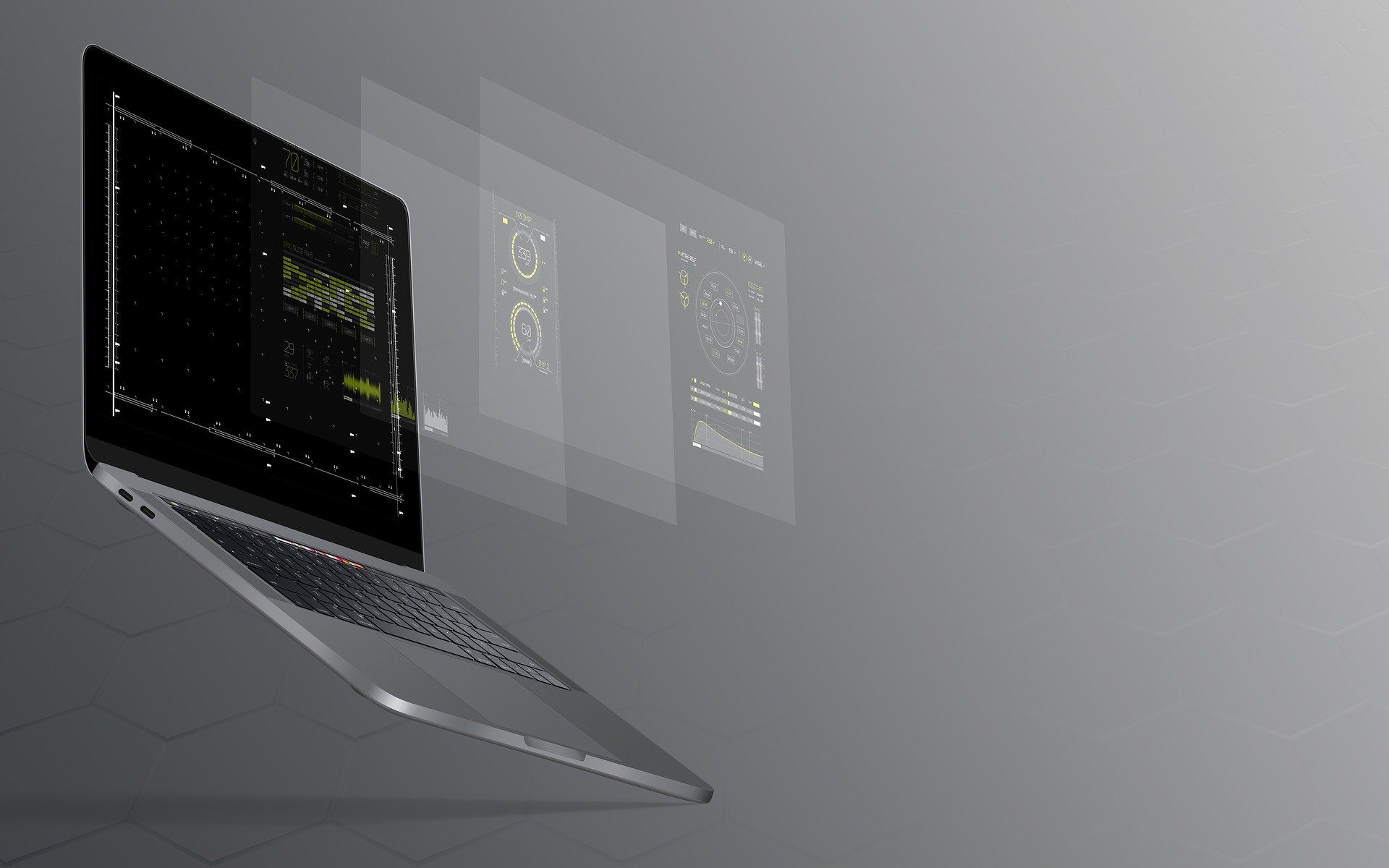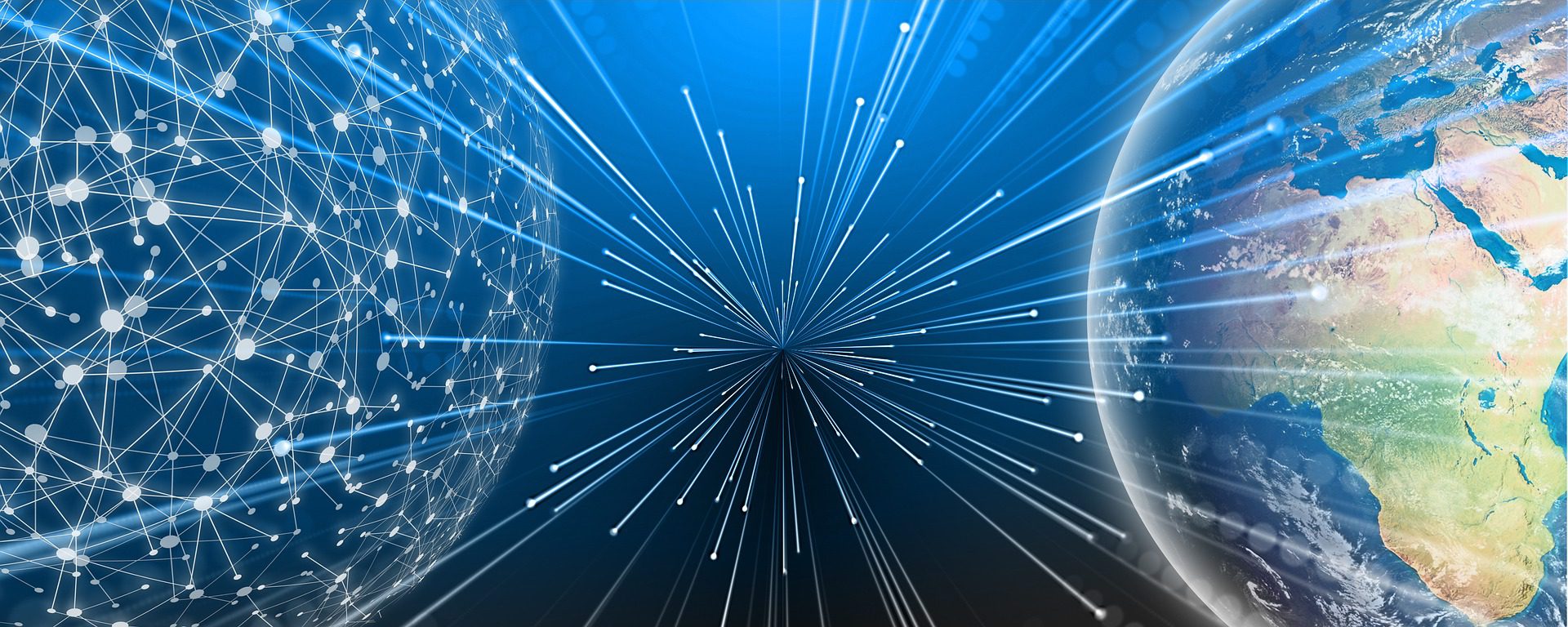You’ve been wondering what web 3 is? Trust me; you are not alone amidst the host of other people who ask questions daily about this new trend which may soon become the new normal.
The question now is; Is Web3 the Future or All Hyped? Let’s ride together as I explain all you need to know about web 3.

Concept of Web 1
Let’s rewind a little. Web 1 was the first internet, spurred on by researchers like Tim Berners-Lee in the 1990s. It is also called the static web that comprises three fundamental technologies:
- a) HTML or hypertext markup language, basically the formatting language of the web.
- b) URL or the unique resource locator, which is the unique web address that we all use to find web pages, and
- c) HTTP hypertext transfer protocol allows retrieving all that information across the web.
However, because it was the static web, it was not user-friendly as there were no dynamic algorithms. The web pages perform basic functions like email and retrieval of news, but it was one-way information. The content was created by the companies posting the news; users could not interact with these web pages applications; it was a read-only internet!
Concept of Web 2
Around 2005 came the concept of web 2. Then, we saw a paradigm shift in how we used websites through advancements in web technologies such as JavaScript, CSS, and HTML5, interactive and rich websites started to surface. The website platform allowed users to generate their content and bears a large part of this website.
If web one is read-only, then web 2 could be described as Read-write where the users on these platforms were fundamental to the content. This is sometimes also called the social web, and it was driven by innovations in technology such as mobile phones.
Companies that have flourished in this web environment include Facebook, meta, Google, YouTube, Twitter, etc. These are companies that generated trillions of values for shareholders by effectively leveraging users’ data around the world. They’ve transformed the way we live our lives, from the way we order food to the way we keep in touch to the way we play online.
Here is the crucial point: Who controls web 2?
These companies own web2, control the platforms, and are the gatekeepers of this information. It is inherently centralized, with these companies creating walled gardens of value that we can’t participate in. Cheers! This is where web3 comes in.
Concept of Web 3
Web3 is the next generation of the internet. With people in vision, it will be a more decentralized system. One that’s built on decentralized protocols where users don’t only help with content creation but also in the governance of the web itself. Users will also have the ability to own a part of the network so that you can think of it as a read-write-own internet.
There are already several technologies that could serve as the backbone for a web 3 world—most of the blockchains like Ethereum, for instance. But there are other distributed technologies like IPFS, which can also decentralize these networks. There are already thousands of gaps or decentralized applications being built in the web three environments that often include native tokens assets to add value to the application and make user shares from the value being generated from it.
Is web3 a blockchain?
Web 3 is a new idea for the world wide web based on the blockchain. Blockchain is the propelling power for the future internet, dictating how data is stored. The evolution of web 3 won’t change many appearances for an average user. While web 2 is a frontend revolution, Web3 is a projection of the backend revolution, which intends to reinvent how the future backend of the internet is wired or programmed.
Web 2 vs. Web 3
Web 2 is the internet we know today where companies can easily exchange their data for their services, and it’s strictly a centralized system. Web 3 is a decentralized system that runs on the blockchain and allows every user to participate without a particular company monetizing their data.

The benefit of web 3
– Web 3 ensures that users possess total control of their data; you don’t have to trust anyone with your data anymore.
– No one can outrightly deny you access or permission to the network. They’re permissionless, no KYC; all you need is a web3 wallet
– It offers an easier-to-program avenue, meaning you can program anything.
– Payments are in-built through native tokens, ether (ETH)
– Sharing of knowledge becomes pretty much easier
– Hacking or total shutdown of a site becomes impossible
– It changes human collaboration to a more decentralized productive form
– Open-source nature of web3 is great for transparency
The downside of Web 3
– Web 1.0 will run into total obsolesce
– Users might need to get new devices as a less advanced device won’t be able to handle web 3
– It could pose some complications for newbies to understand its navigation. They need to learn how to set up a wallet, interact with web 3, approve transactions, and store passwords and private keys.
– Users might need to pay gas fees and subscribe to wallets to use the smart contract.
Take-Home
Web 3.0 is a new form of the internet that will be decentralized, an open-source technology for data storage to ensure privacy and security without any central authority controlling it. It’s an exciting time in history where we can use this knowledge to create a better future.
Web 3.0, the future of the web, would be more integrated, open, and intelligent with semantic web technologies, distributed databases, natural languages processing, machine learning, machine reasoning, and autonomous agents.
No doubt Web 3 has come to stay! Be on the lookout. It’s never too late to get involved in the next big thing.


